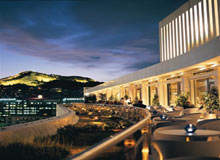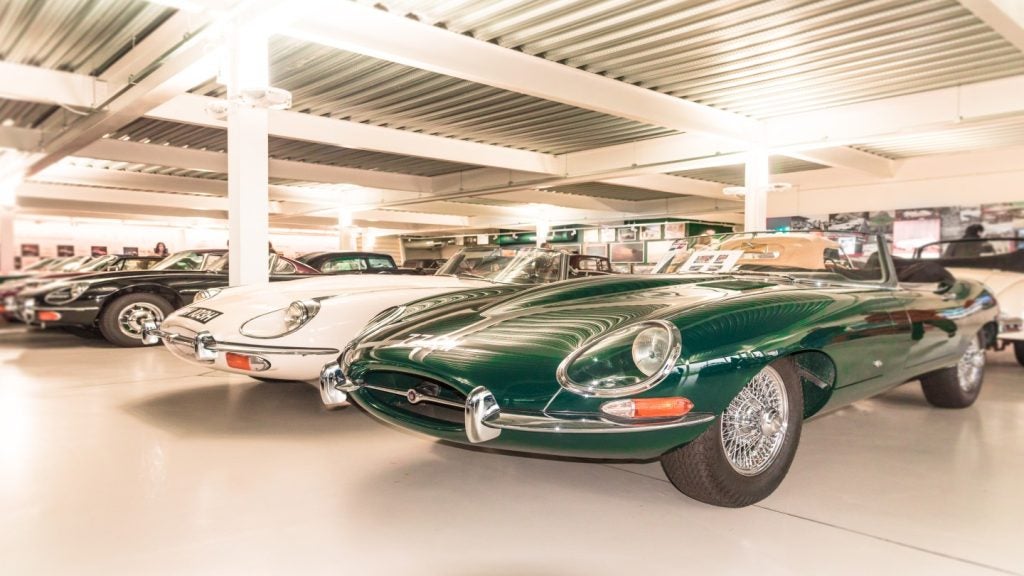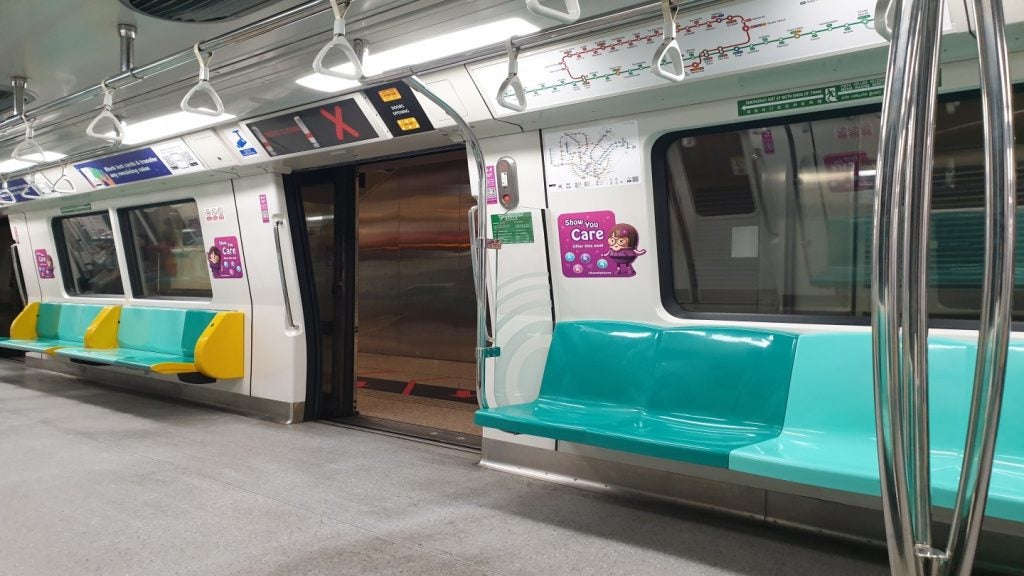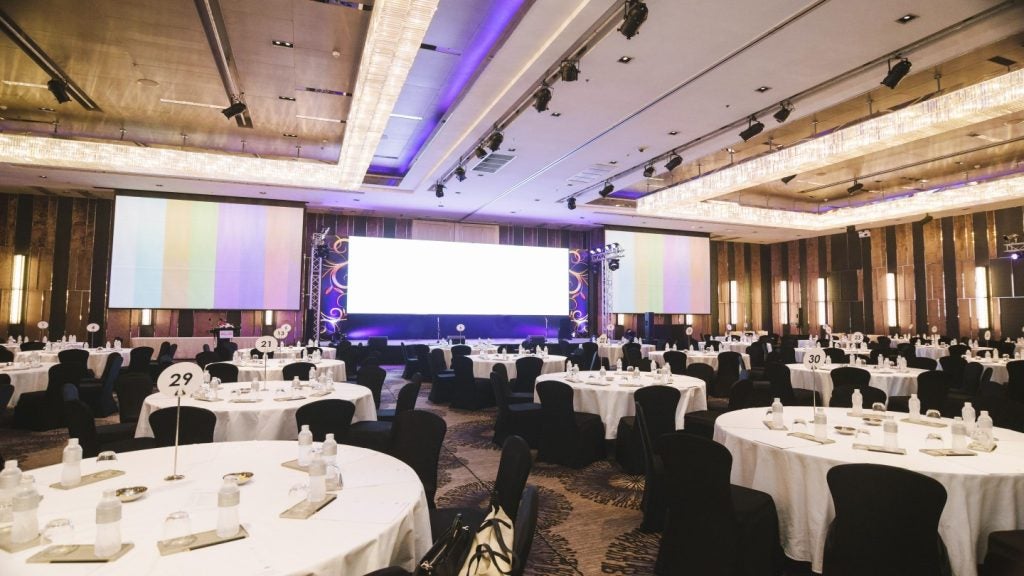
Lighting is one of the hotelier’s secret weapons; some say the difference between success and failure.
It often creates that vital first impression when a visitor arrives at a hotel. It is lighting that generates the feeling of warmth and well-being throughout a stay and creates the images that remain in guests’ minds after they leave, ultimately leading to repeat business.
“It’s probably true to say that lighting helps form the basic character of a hotel,” says Professor Jan Ejhed, director of the European Lighting Designers’ Association (ELDA).
“Our role as designers is to help find the basic concept of a hotel and use lighting to enhance this. It’s always the concept that comes first and from that comes good lighting.
“We have to meet a variety of demands in different parts of the world, depending on climate, on levels and quality of natural light, and on varying demands for energy conservation.
See Also:
“Sometimes it’s an old building where we have to keep the lighting simple to enhance its historical character. On other occasions, with a new-build, we can be as creatively adventurous as possible. Sometimes it’s like putting on a performance, like staging a theatrical or cinematic event for an audience.”
How well do you really know your competitors?
Access the most comprehensive Company Profiles on the market, powered by GlobalData. Save hours of research. Gain competitive edge.

Thank you!
Your download email will arrive shortly
Not ready to buy yet? Download a free sample
We are confident about the unique quality of our Company Profiles. However, we want you to make the most beneficial decision for your business, so we offer a free sample that you can download by submitting the below form
By GlobalDataOf course, problems often arise, usually when trying to incorporate conflicting demands. “The hotel owner may have one priority, say, searching for economic efficiencies,” adds Ejhed.
“The hotel customer may have another, such as looking for comfort, style and atmosphere. For the workforce, it may be convenience, practicability and ease of maintenance that are top of their list of priorities.
“In this case, it is the job of the designer to negotiate and reconcile, while keeping in mind their initial aesthetic and design principles. The designer should always return to the hotel’s basic concept and work from there. If you start from the other end, with the ergonomics, there is a danger of losing the character.”
A lighting project is very much a cooperative enterprise, according to Ejhed, involving owners, designers, contractors and engineers. “But that doesn’t mean you don’t have to fight your corner sometimes, to argue for your vision and your proposals. Getting people on your side is part of the educational process.”
Another area of potential conflict is energy efficiency, where design principles may point in one direction, but the practicalities would bring a host of energy, over-heating and maintenance problems.
“Designers today have to be appreciative of the financial and ecological arguments and they must be dedicated to finding realistic solutions,” says Ejhed. “If you don’t build in sensible energy efficiency measures from the start, the hotel may just switch off the lights and you will lose the character of the design you’ve worked so hard to create.”
Designers are happy to experiment with new energy-efficient materials being developed, which allow for more creative solutions.
“When I started in the field, energy was not a major issue,” says Ejhed. “Now it is a reality, and one that must be faced. Tighter budgets and greater controls are here to stay and we have to live with them. They become part of the challenge of designing.”
ALTERNATIVE ASPECTS
As well as the obvious areas of technological innovation and energy efficiency, Ejhed proposes the ‘health and well-being’ aspects of lighting as the major developments of recent years with implications for the future.
“The effects of lighting on our physiology and psychology is going to be one of the big issues of the future. Just as our health has improved with the arrival of no smoking areas in hotels, the next step is to see how lighting in public areas affects our health – and has the ability to improve it. Lighting designers like Naomi Miller in the USA are pioneering designs that explore the physiological effects of lighting, especially its impact on the human eye as we get older.”
As a key technological development, Ejhed nominates the arrival of solid-state lighting (SSL), with LED replacing the old familiar incandescent and fluorescent lighting, and offering ten and four times greater efficiency, respectively.
And even while the LED revolution is establishing itself, its even newer and more efficient organic offspring OLED is on the horizon. “As with all technology, a new generation is always emerging to make current materials obsolete,” observes Ejhed.
The advantages of SSL ‘smart’ lighting are legion. Top of the list are the economic and environmental savings – by some estimates cutting electricity usage by 50%.
In addition, designers appreciate its robustness in the face of vibration and shocks, the greater safety that comes with lower voltage, the chance to create near-natural daylight indoors, and the revolution in design and distribution through ‘flat package’ lighting.
One further bonus is the ability to control colours, which result in improved health, through its blue spectrum range tuning into humans’ natural biorhythms.
With lighting taking up 20% of all electrical consumption, the energy-efficient SSL is expected to reduce this by 10%, and to make up 90% of the world’s lighting by the 2020s.
The other major trend highlighted by Ejhed is the increasing sophistication of control systems. As well as allowing for greater creativity, computer-controlled networks bring greater flexibility, energy efficiency, ease of operation and maintenance.
Energy savings of anything from 30 to 60% have been estimated as a result of the introduction of such centrally controlled lighting systems.
“A great step forward is the Digital Addressable Lighting Interface Protocol,” says Ejhed. “The DALI standard means we can now mix and match components and equipment from different manufacturers, and know they will be compatible.”
OLYMPIC STANDARDS
The exciting opportunities offered by SSL, LED and DALI are evident in one city’s hotels in particular.
As well as bringing sporting prestige to Athens, the 2004 Olympics also brought landmarks in hotel lighting design, with International Lighting Design Awards in 2005 going to the refurbished Athens Hilton and the new state-of-the-art Hotel Semiramis.
Owned by famous art collector Dakis Ioannou, styled by top designer Karim Rashid and with lighting design by Paul Gregory of New York’s Focus Lighting Inc, the Semiramis incorporates many innovations in LED lighting.
The first vision to greet visitors at the hotel is horizontal stripe lights on each of the entrance stairs. At the reception desk, LEDs are used to up- and downlight a frosted glass wall, taking it through a daily colour cycle, complemented by the LED-illuminated ceiling over the rest of the lobby.
LEDs also help create a distinctive colour for each of the four floors – lime, pink, orange and white – while elsewhere the pink atmosphere is continued, often filtered through blue and lavender tones.
LED is even used to help communications between rooms and hotel staff, with messages and ‘do not disturb’ signs appearing on LED-lit boards.
Lighting is also used to communicate the warmth of the hotel to the outside world through four-storey green glass balconies against blue walls, back lit with 9W fluorescent steplights.
“We were able to collaborate with Karim Rashid very early in the design of the hotel,” says Gregory. “It was important for us to be a part of the creative discussions that happened when the project was just coming to fruition.
“The Semiramis Hotel is successful because of this early collaboration. We worked with Rashid to create a visual image that was so wonderful the client could treasure it as a memory forever.”
Nick Hoggett of dpa lighting consultants, lighting designer of the refurbished Hilton, agrees with Gregory regarding the importance of early work with the client.
“Hilton Hotels and owners Alphabank both understood the importance of well-integrated lighting,” he says. “We worked very closely with them, and with the architects, interior designer and project manager to realise the balance of a clean, contemporary interior that was warm and welcoming.
“As lighting designers, we carefully integrated the lighting hardware into the building fabric, providing maximum concealment from normal viewing angles, while balancing softness with drama.
“The design team had clear and strong ideas on how the interior and exterior spaces would look, and as lighting consultants we ensured an appropriate atmosphere was created during the day, in early evening and throughout the night.”
The lighting of a hotel depends on a number of key stages, according to Hoggett: “The first stage of lighting design involves the establishment of an appropriate holistic approach. From this conceptual approach emerges a fully integrated detailed design, harmoniously linked to the building fabric.
“Next comes careful selection of the lamps, luminaires and control system, then the implementation of the ideas by the contracting team, the final adjustment of light fixtures, and the setting of the control system.
“The final step is the maintenance regime that the operators implement, because maintainability should be a key consideration throughout the design process. The Hilton Hotel at Athens was a model project, and the result is having a creative team driven by an informed operator and enlightened owner.”







